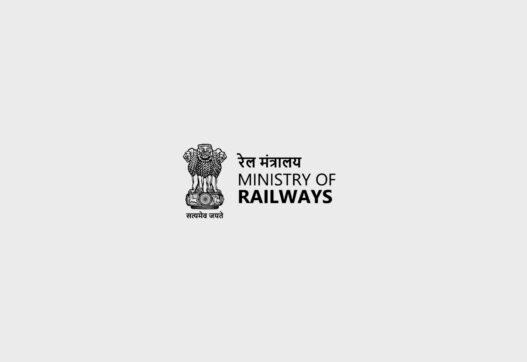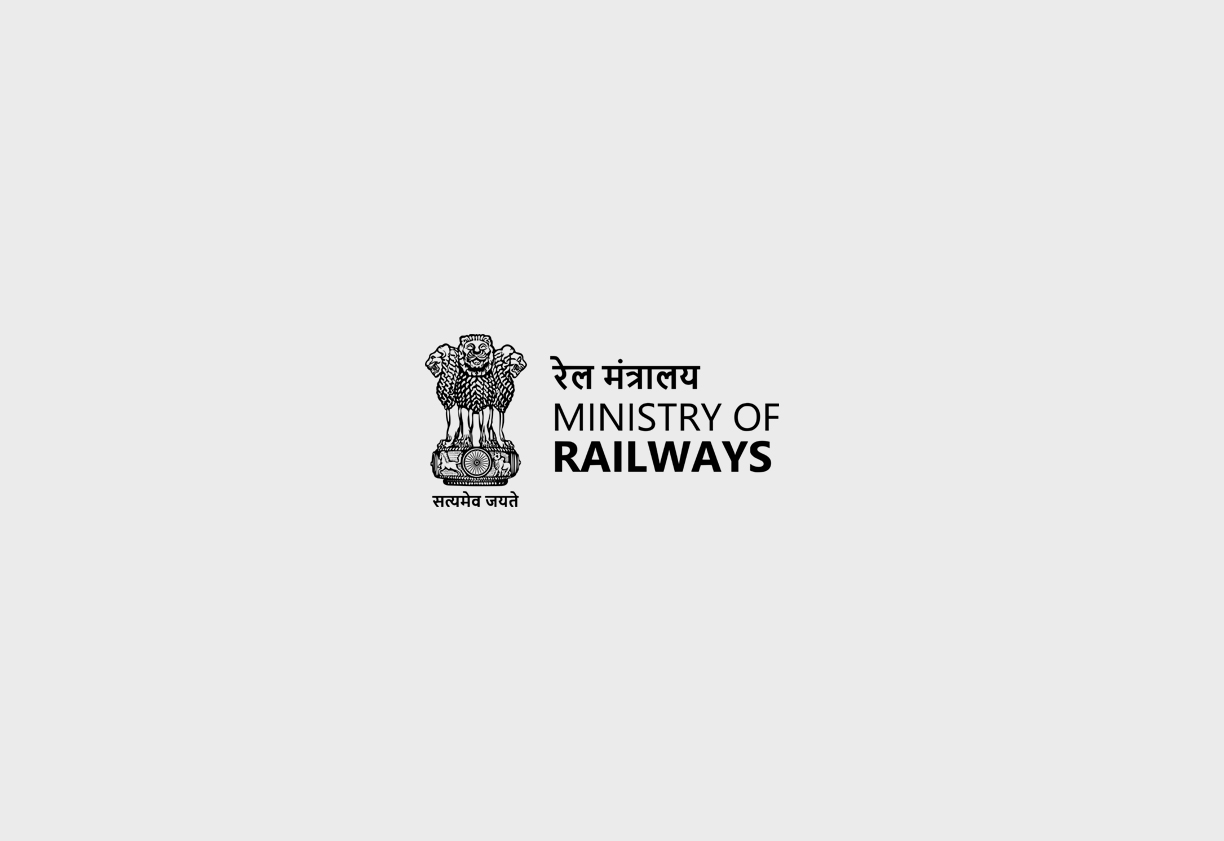Ministry of Railways
The Railways Act, 1989, was enacted to consolidate and amend the law relating to railways. This act aims to provide a comprehensive legal framework for the regulation, operation, and management of railways in India. While the Act does not specify a particular ministry, it falls under the purview of the Ministry of Railways in India.
Enactment Date, Number of Chapters, Number of Sections:
The Railways Act, 1989, was enacted on June 3, 1989. The Act is structured into 18 parts and 200 sections, along with a schedule. These sections cover various aspects of railway administration, including definitions, policy, generation, licensing, transmission, distribution, tariff, works, carriage of passengers and goods, accidents, liability, and miscellaneous provisions.
Act Governed By:
The Act is primarily governed by the provisions outlined within its sections. It establishes the framework for the administration of railways, the powers and functions of railway administrations, the Railway Rates Tribunal, and the Central Electricity Authority. The Act also outlines the procedures for licensing, tariff determination, and dispute resolution.
On Whom It Is Applicable:
The Railways Act, 1989, is applicable to all railway administrations in India, including Government railways and non-Government railways. It also applies to all persons involved in the operation, use, and management of railways, including passengers, consignors, consignees, and railway servants.
Penalties/Punishments:
The Act prescribes penalties for various violations and non-compliance. These include:
-
Fines for various offenses, ranging from a few hundred rupees to several thousand rupees.
-
Imprisonment for a term which may extend to three years for certain serious offenses, such as theft of railway property.
-
Additional penalties for continuing offenses.
The Act also provides for the recovery of dues, compensation for damages, and the forfeiture of property in certain cases.
Important Pointers:
-
The Act defines key terms related to the railway sector, including “railway,” “railway servant,” “goods,” and “passenger.”
-
It provides for the establishment of Zonal Railways and the appointment of General Managers.
-
The Act establishes the Rail Land Development Authority to develop railway land for commercial use.
-
It outlines the powers and functions of the Central Electricity Authority in relation to railways.
-
The Act specifies the procedures for licensing, tariff determination, and dispute resolution.
-
It includes provisions for the carriage of passengers and goods, including liability for loss, damage, or non-delivery.
-
The Act emphasizes the importance of safety and security in railway operations.
-
It also addresses issues related to taxation, accidents, and the rights and liabilities of railway administrations.
-
The Act empowers the Central Government to make rules to implement the provisions of the Act.
-
The Act has been amended over time to adapt to changing needs and circumstances.
Act Copy:




